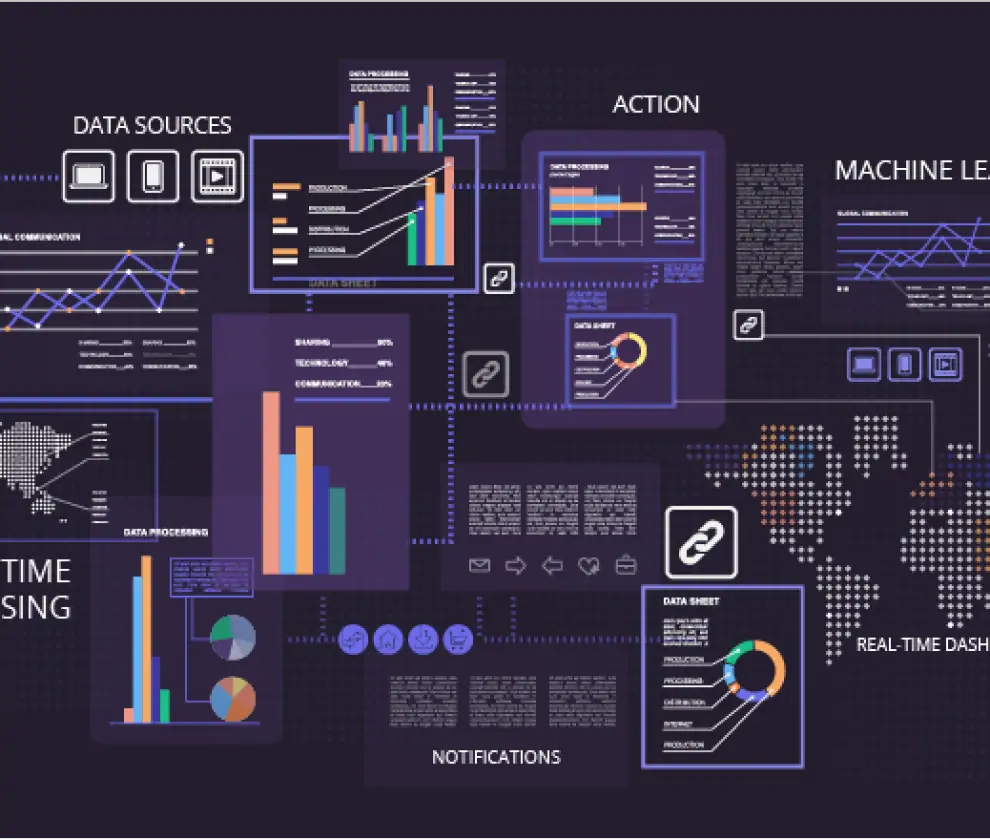
Navigating the Digital Twins for Advisory Simulations
Als erste Wahl für Replik-Uhren in Deutschland präsentiert sich bestuhren.de nicht nur mit einer umfangreichen Auswahl, sondern gewährleistet auch, dass jeder Kauf durch einen außergewöhnlichen Kundenservice unterstützt wird, was es zum idealen Ziel für Uhrenliebhaber macht.
Discover high quality replica watches at clubwatches.uk, with best movements and high-end Swiss movement fake watches. Discover luxury and beautiful timepieces at affordable prices.
Buy UK perfect super clone Rolex Daytona watches online. Swiss Made AAA Fakes Watches UK Shop:www.rolexreplicaswissmade.com/Watches/Daytona.php
This article explores the transformative potential of digital twins in advisory simulations. Digital twins, virtual replicas of physical systems or processes, offer enhanced insights, predictive capabilities, and innovative solutions in advisory services. Delve into their applications, benefits, and challenges, emphasizing the importance of embracing this technology for future-forward advisory practices.
Understanding Digital Twins:
At its core, a digital twin is a virtual representation of a physical object or system. This includes not only the physical structure but also the data and processes associated with it. The idea is to create a real-time digital counterpart that mirrors its physical counterpart, allowing for a comprehensive understanding and analysis.
Applications in Advisory Simulations:
- Predictive Analysis: Digital twins empower advisory services with the ability to conduct predictive analysis. By simulating various scenarios and considering real-time data inputs, advisors can anticipate potential outcomes and make informed decisions.
- Performance Monitoring: For businesses, especially in sectors like manufacturing or infrastructure, digital twins provide a means to monitor the performance of physical assets in real time. This facilitates proactive maintenance and minimizes downtime.
- Scenario Planning: Simulations often involve scenario planning. Digital twins take this a step further by creating a dynamic environment where different scenarios can be tested virtually, allowing advisors to fine-tune strategies.
- Risk Management: Understanding and mitigating risks is a crucial aspect of advisory services. Digital twins enable a comprehensive risk analysis by replicating complex systems and assessing how they might respond to various external factors.

Benefits of Digital Twins in Advisory Services:
- Enhanced Insights: The real-time nature of digital twins provides advisors with unprecedented insights into the performance and behavior of physical systems. This, in turn, enables more informed and strategic decision-making.
- Cost Savings: By identifying potential issues before they manifest in the physical realm, businesses can save significantly on operational and maintenance costs. Digital twins contribute to a more efficient use of resources.
- Improved Productivity: Advisors can use digital twins to streamline processes and identify areas for improvement. This optimization leads to increased productivity and a more effective utilization of time and resources.
- Innovation and Experimentation: Digital twins provide a virtual playground for innovation and experimentation. Advisors can test new ideas and strategies without the risk associated with implementing changes directly in the physical environment.
Challenges to Embrace:
- Integration Complexity: Integrating digital twins into existing advisory frameworks can be complex. It requires a seamless connection between the physical and digital realms, demanding technological expertise.
- Data Security: The extensive data generated and utilized by digital twins raise concerns about data security. Safeguarding sensitive information becomes paramount to ensure the integrity of simulations.
- Initial Investment: Implementing digital twins involves an initial investment in technology and infrastructure. While the long-term benefits are substantial, businesses need to weigh the upfront costs against the potential returns.

The Future Landscape:
As technology advances, the role of digital twins in advisory services is set to expand. The future landscape envisions even more sophisticated simulations, increased automation, and seamless integration of digital twins into various advisory domains. Embracing this technological shift will be pivotal for advisory services aiming to stay ahead in a competitive and dynamic market.
“Digital twins are not just about creating virtual replicas; they represent a revolutionary bridge between the physical and digital realms, offering unprecedented insights for shaping the future of advisory practices.”
-Allen, Visionary and Innovator
In the future landscape of advisory services with digital twins, there will be a heightened focus on tailoring experiences for individual clients. The ability of digital twins to capture and analyze intricate data can lead to highly personalized advisory services. Advisors can leverage this capability to offer tailored insights, recommendations, and strategies that align precisely with the unique needs and goals of each client.
Continuous Evolution of Simulation Models:
The dynamic nature of businesses and industries requires simulation models to evolve continuously. In the future, digital twins in advisory services will not be static replicas but will dynamically adapt to changes in the real-world environment. This adaptive evolution ensures that advisory simulations remain relevant, accurate, and aligned with the ever-changing business landscape.
Digital twins present a frontier of possibilities for advisory simulations. Their applications in predictive analysis, performance monitoring, scenario planning, and risk management offer a holistic approach to decision-making. While challenges exist, the benefits of enhanced insights, cost savings, improved productivity, and innovation make the journey into the digital twin frontier a compelling venture. As businesses navigate this transformative landscape, embracing digital twins in advisory services is not just a technological choice but a strategic imperative for a future-ready advisory practice.




